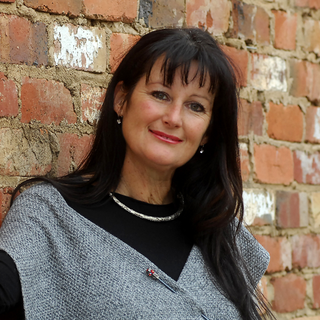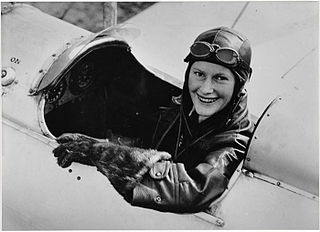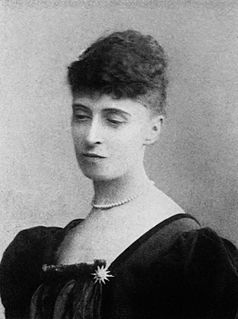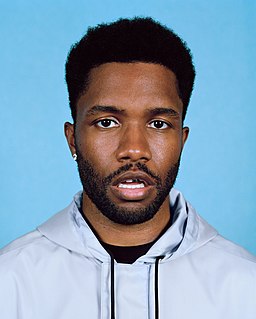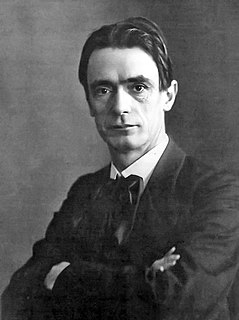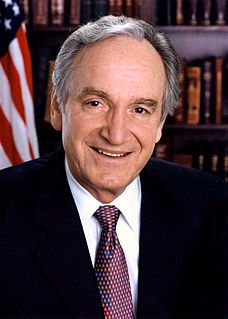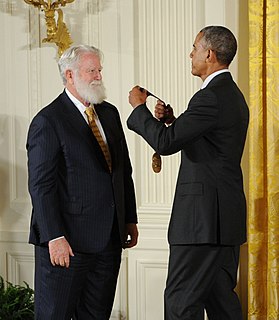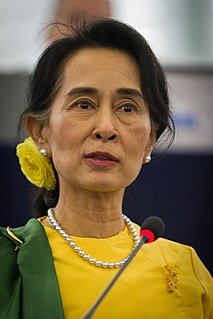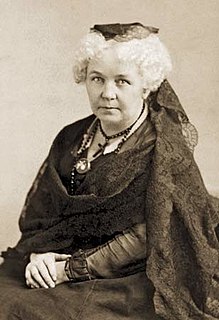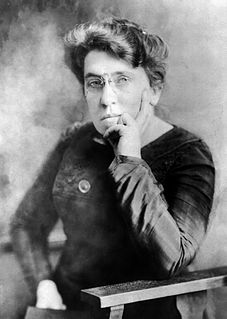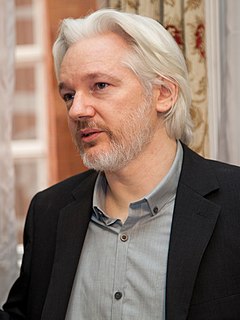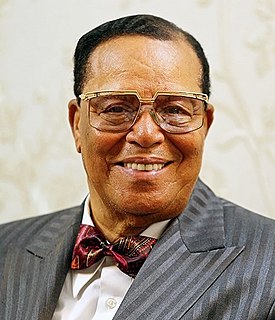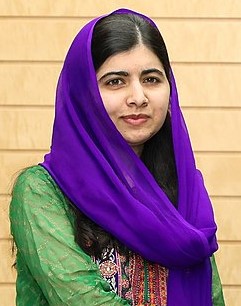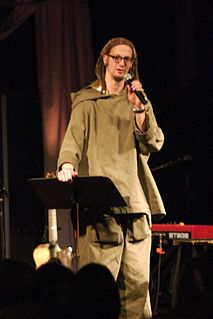A Quote by Emily Murphy
Related Quotes
The beauty of the air, from the air... You haven't seen Australia unless you see it from the air. The coastline, the colours of the inland. The claypans, the forests. It's just all so beautiful. You'd never see that from the road. People climb mountains to see these things. You see that every time you take off.
The orthodox view of colour experience assumes that, when we see a colour difference between two surfaces viewed side-by-side, this is because we have different responses to each of the two surfaces viewed singly. Since we can detect colour differences between something like ten million different surfaces, this implies that we are capable of ten million colour responses to surfaces viewed singly.

